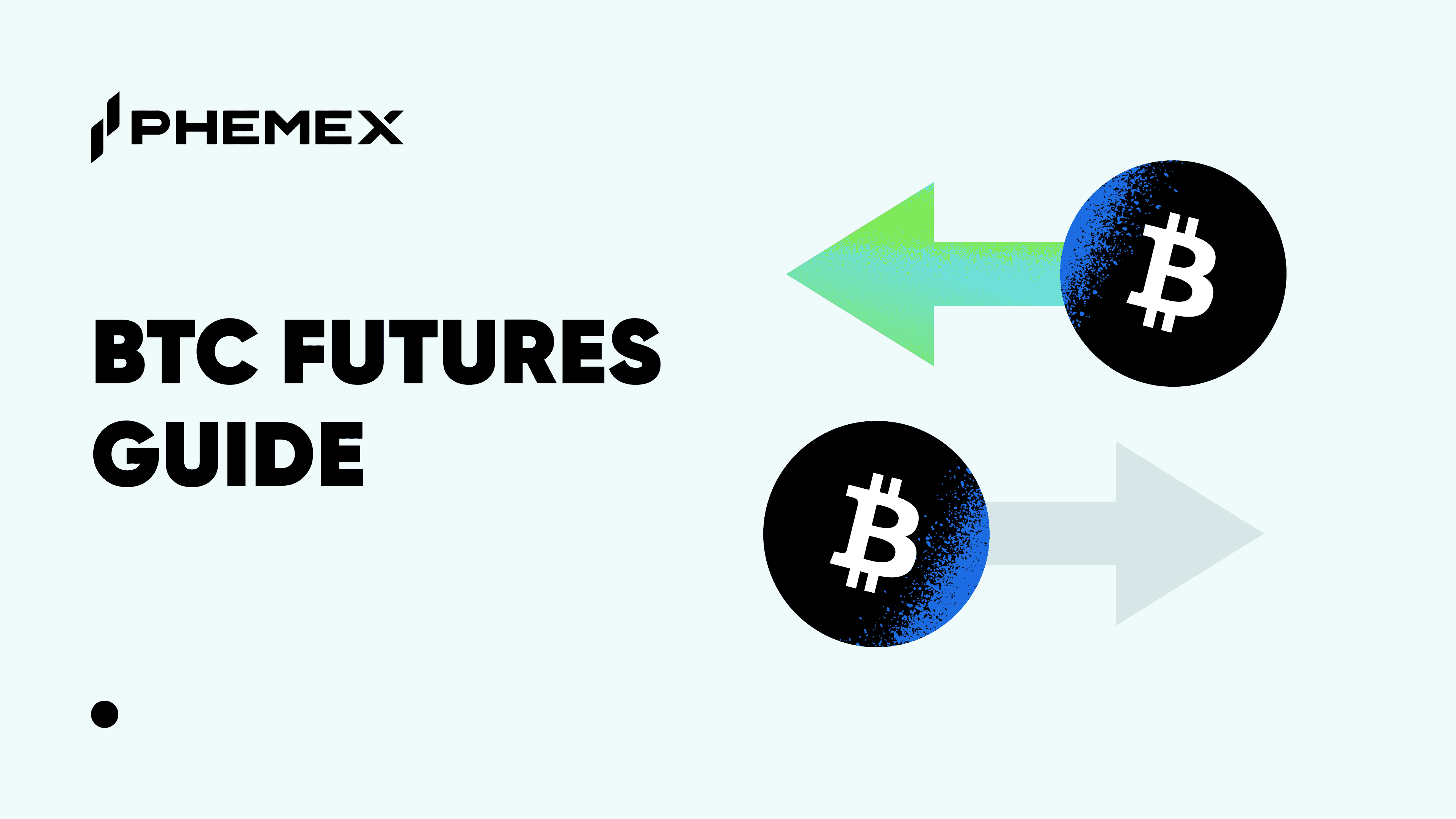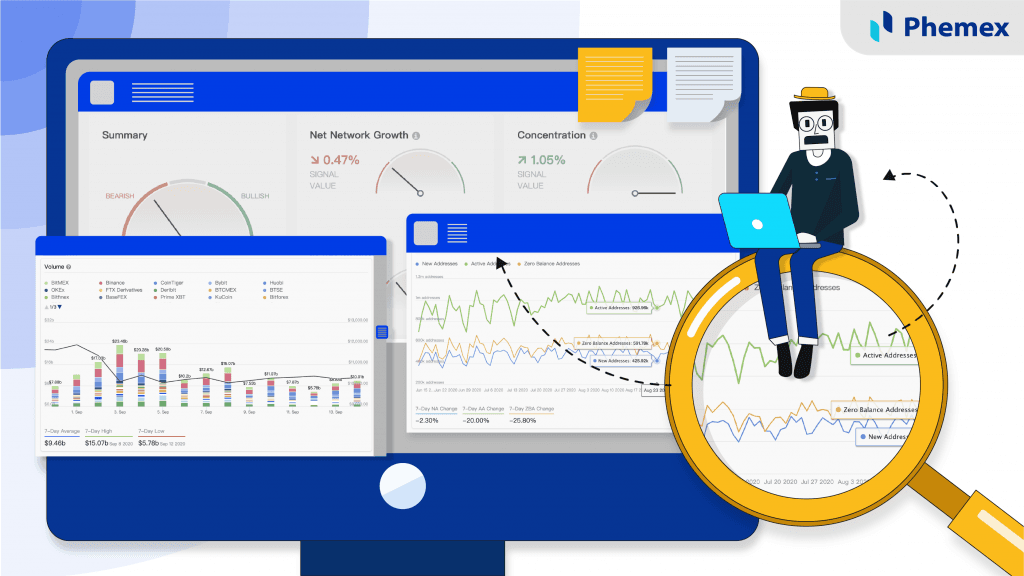Summary
- Liquidity describes an asset’s condition from the standpoint of how easily it can be bought or sold. Typically, more liquid markets trade at higher volumes, but volume alone does not necessarily prelude liquidity.
- Liquid markets are markets that are easy to enter and exit. Illiquid markets tend to be both expensive and volatile.
- Illiquid markets can become liquid, and vice versa. For example, with Bitcoin, we know that the weekends are generally more illiquid than the weekdays.
 Liquidity describes an asset’s condition from the standpoint of how easily it can be bought or sold. I.e., Can trade be facilitated at stable prices? This is ultimately a measure of the amount of current and potential buyers and sellers within a market. Typically, more liquid markets trade at higher volumes, but volume alone does not necessarily prelude liquidity.
Liquidity describes an asset’s condition from the standpoint of how easily it can be bought or sold. I.e., Can trade be facilitated at stable prices? This is ultimately a measure of the amount of current and potential buyers and sellers within a market. Typically, more liquid markets trade at higher volumes, but volume alone does not necessarily prelude liquidity.
More important than the volume that has taken place is participants’ willingness to buy and sell at an agreed-upon price that does not involve the other side incurring a substantial loss from the transaction itself. In other words, the buyer does not need to pay well above their idea of a fair price, and the seller does not need to sell well below their idea.

Liquid and Iliquid Markets
One of the most important questions for any trader is, “Is someone available or willing to take the other side of the trade?”. Liquid markets are, therefore, markets that are easy to enter and exit. They have many buyers and sellers. This is why traders pay attention to things like the bid-offer / bid-ask spread and market depth.
Two Different Bid-Ask Spreads
Below we have two bid-ask spreads. This first image is a simplified example of a thin market. We have bid-ask prices of 100$ – 101$, which leaves a 1% spread. Also, note the limited quantity that is available to either buy or sell around the spread. To buy a high quantity, you need to be willing to spend a considerable sum more. The inverse can be said for someone looking to sell a larger quantity.

In the image below, we have quite a different situation. The spread between the closest bid and ask might be the same at 1% but notice the increased depth. The availability of both buyers and sellers is much greater right outside the current price. This is considered a more liquid market compared to the previous one. You can also refer to this market as “thick”.

Keep in mind that a market is not snapshotted and examined like the example above. Whether or not it is liquid is based on how consistent this remains over time and whether it can maintain these levels with increased trading activity.
How to Measure Market Liquidity?
The liquidity of a market should always be assessed before getting into or out of a position. A lack of liquidity is associated with increased costs and risks. Illiquid markets tend to be both expensive and volatile. This is because entering in and out of a position often means incurring the spread cost, and a lack of buyers and sellers typically translates to more significant price swings. This is one reason why exchanges incentivize traders into “providing liquidity” by paying them maker rebates and disincentivizing traders “taking liquidity” by having them pay a fee.
Liquidity in The Dynamic Crypto Markets
As a reminder, illiquid markets can become liquid, and liquid markets can become illiquid due to many different factors. It is essential to understand that this is dynamic, and even factors such as the time of day have effects on liquidity from one asset to the next.
For example, with Bitcoin, we know that the weekends are generally more illiquid than the weekdays. We also know that there are times when liquidity can evaporate both in a good and a bad way. If a piece of FUD is released and suddenly people are less interested in buying all at once, buy-side liquidity will disappear. This can lead to price dropping dramatically as any sellers dump into an emptier book.
The opposite can be said if the market is driven on FOMO and breaking out. Suddenly, sellers are no longer interested in current prices, and as their orders disappear, buyers cause prices to jump up dramatically.
Conclusion
Liquidity is one of the most important things to consider before participating in a market. You must know how to assess these changes and what they mean for your trades. Next week we will go over how to use this to your advantage.
Read More
- What is Liquidity in Cryptocurrency& How does it Work?
- How to Measure Liquidity and Use It to Make Trading Decisions?
- What is a Liquidity Pool: Achieving Efficient Asset Trading
- What is a Liquidity Provider & How does it Work?
- What Is Crypto Trading Volume: How It Affects Price
- What is an Automated Market Maker?
- Yield Farming vs. Staking vs. Liquidity Mining: All You Need to Know
- What is a Liquidity Bootstrapping Pool (LBP): Protecting Investors from Whales and Bots








